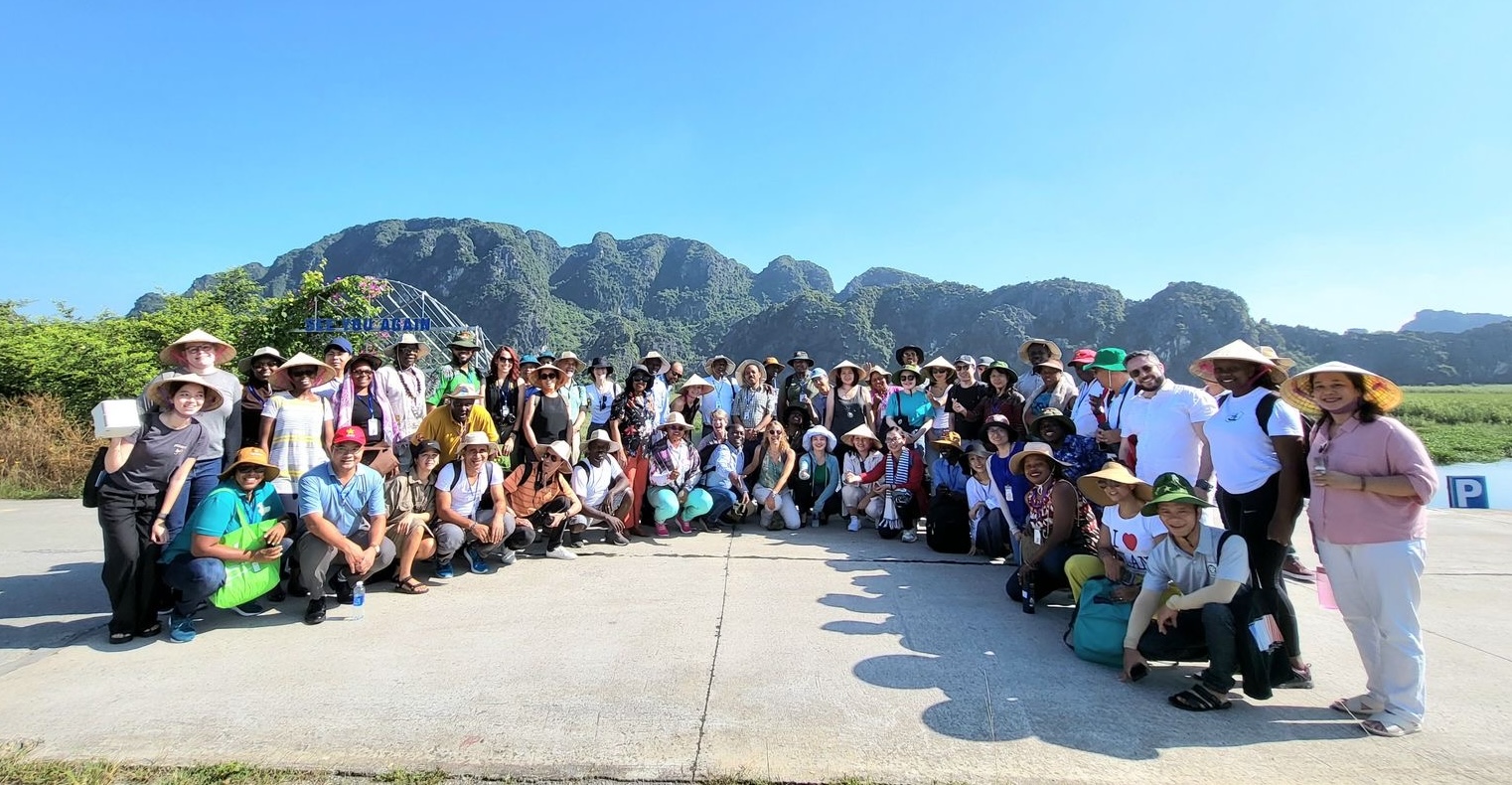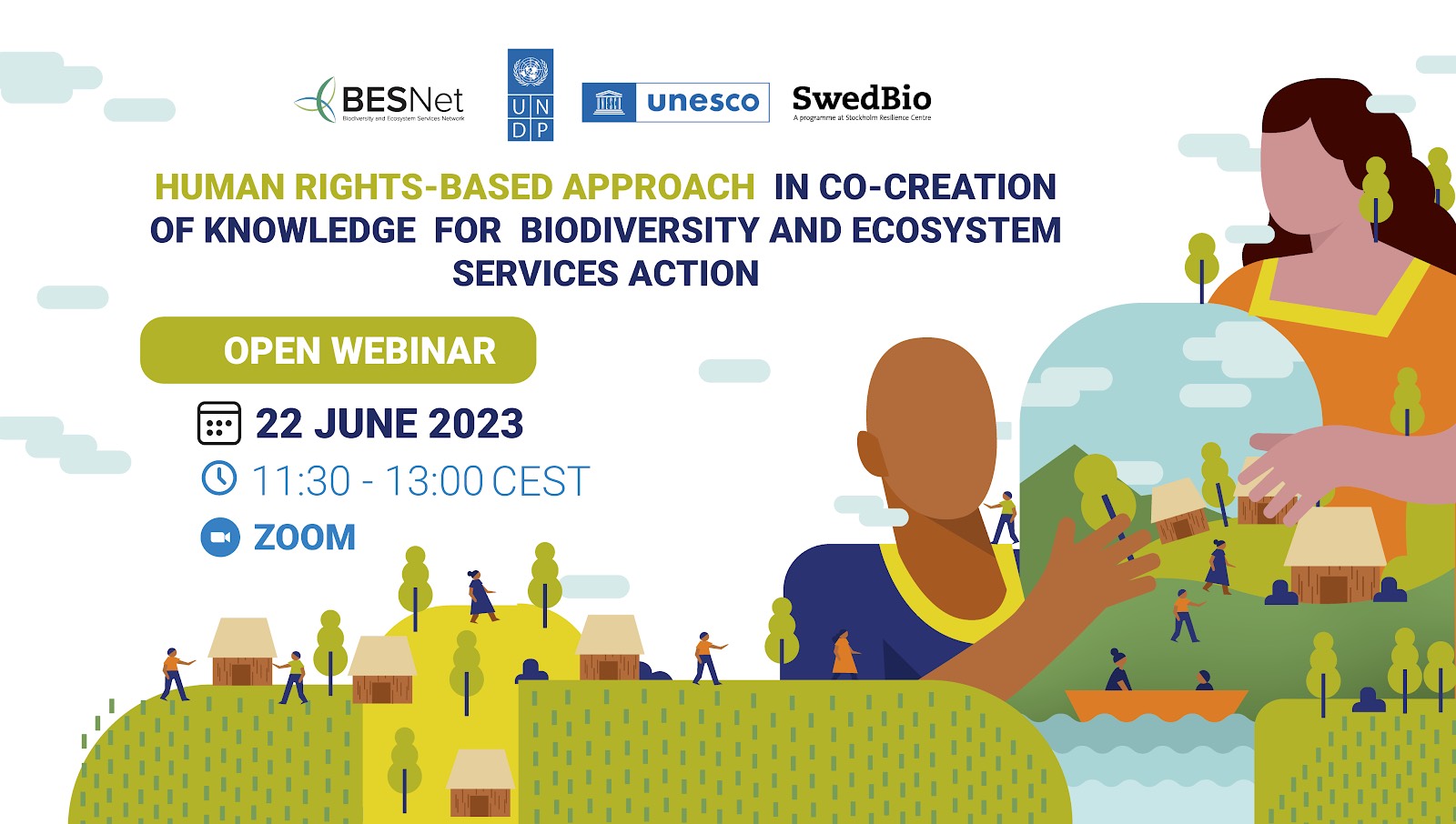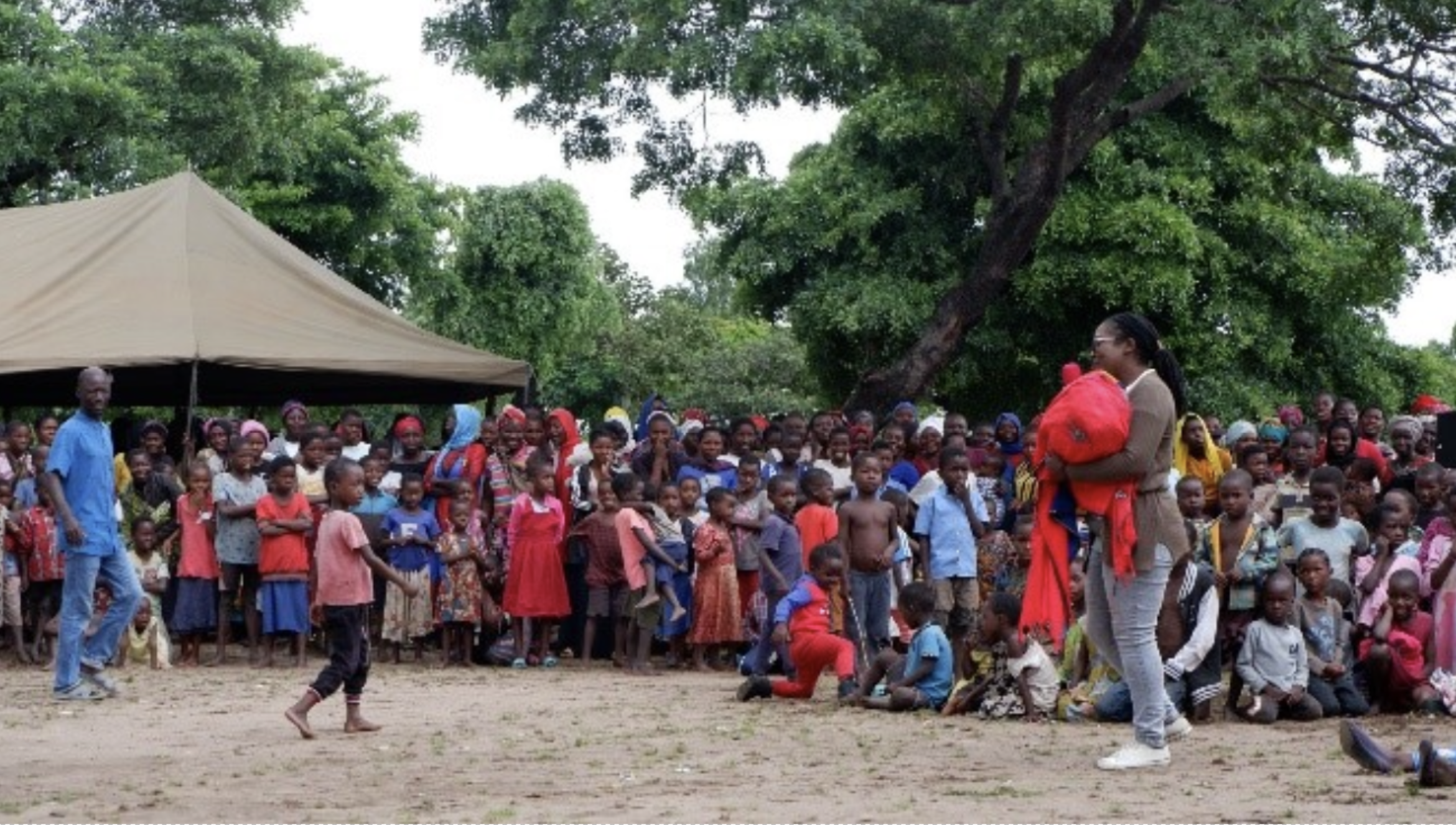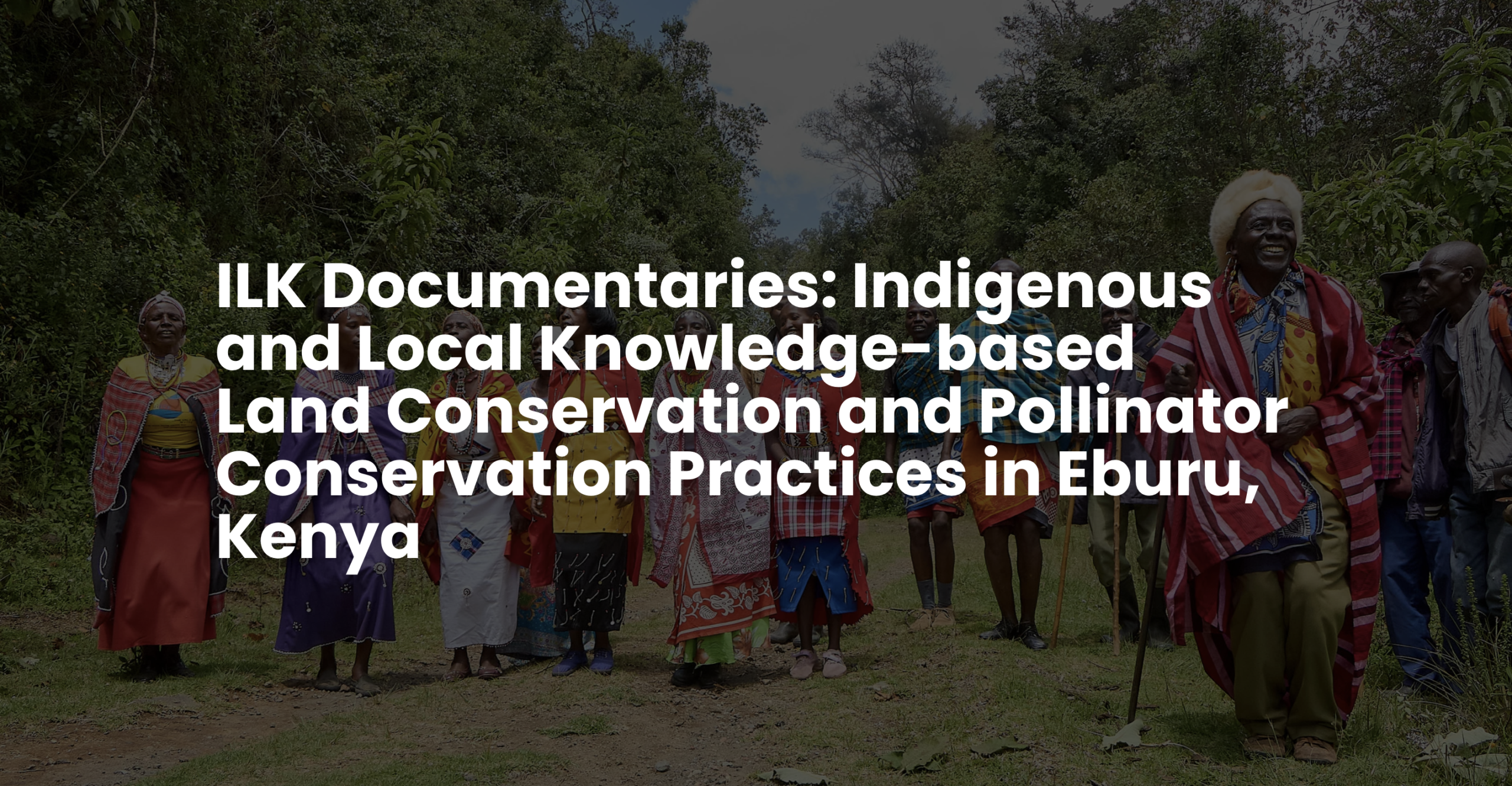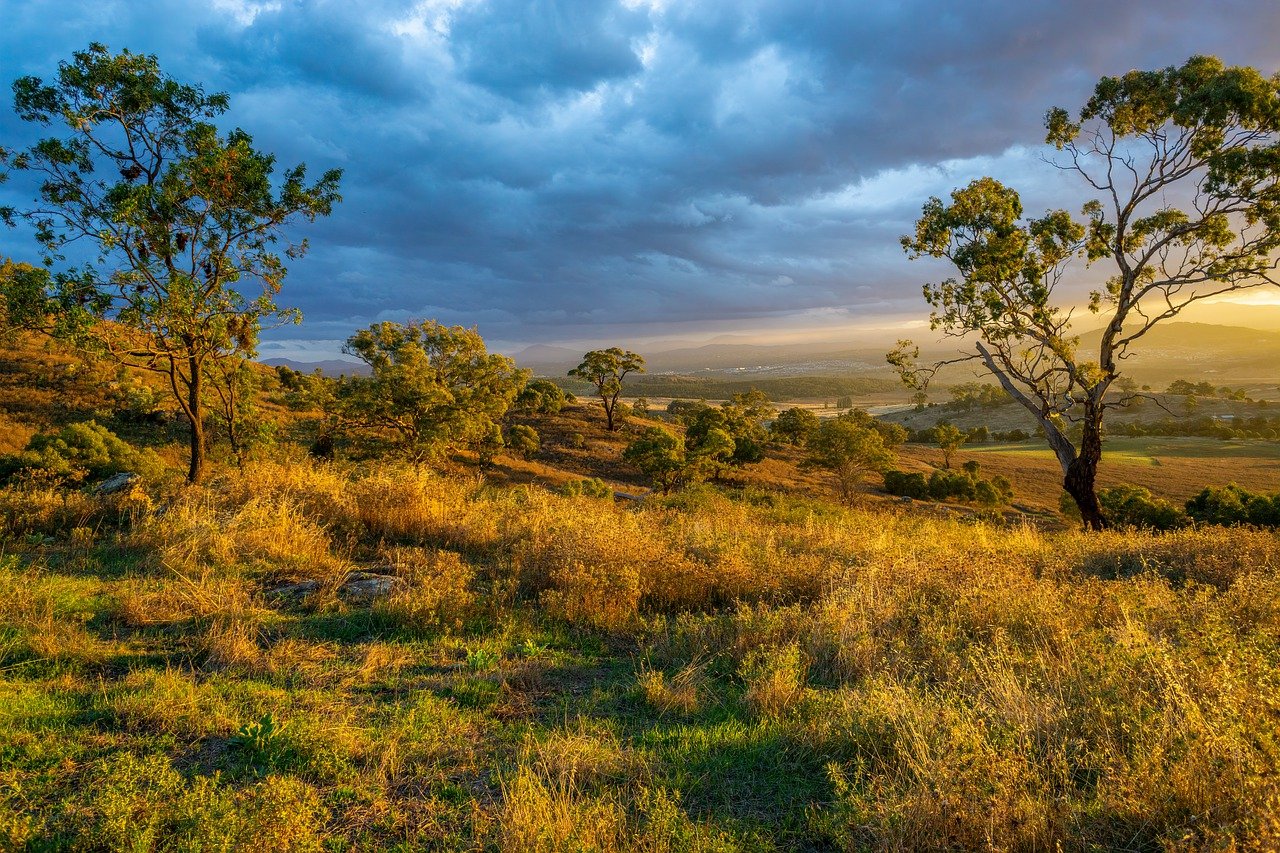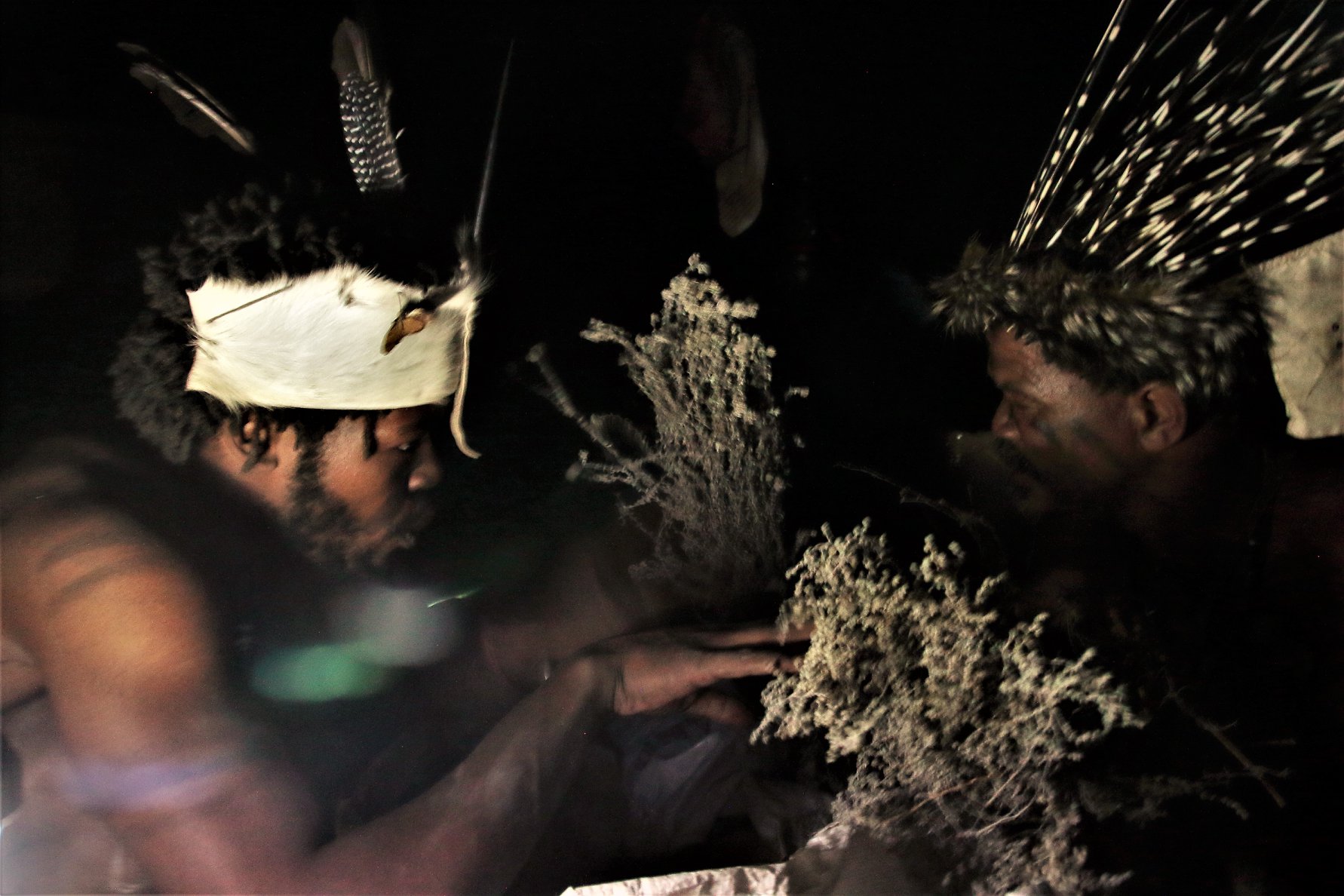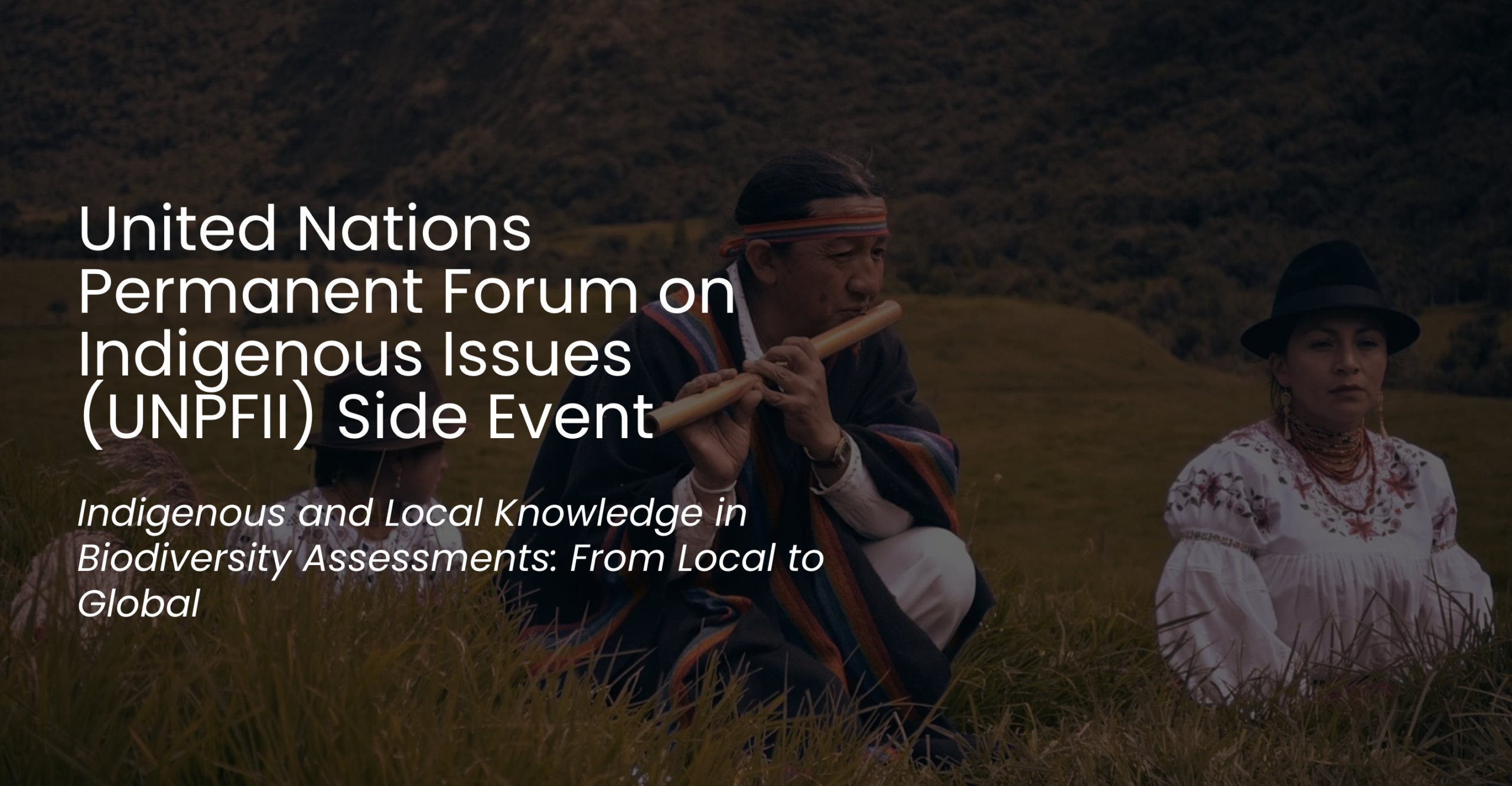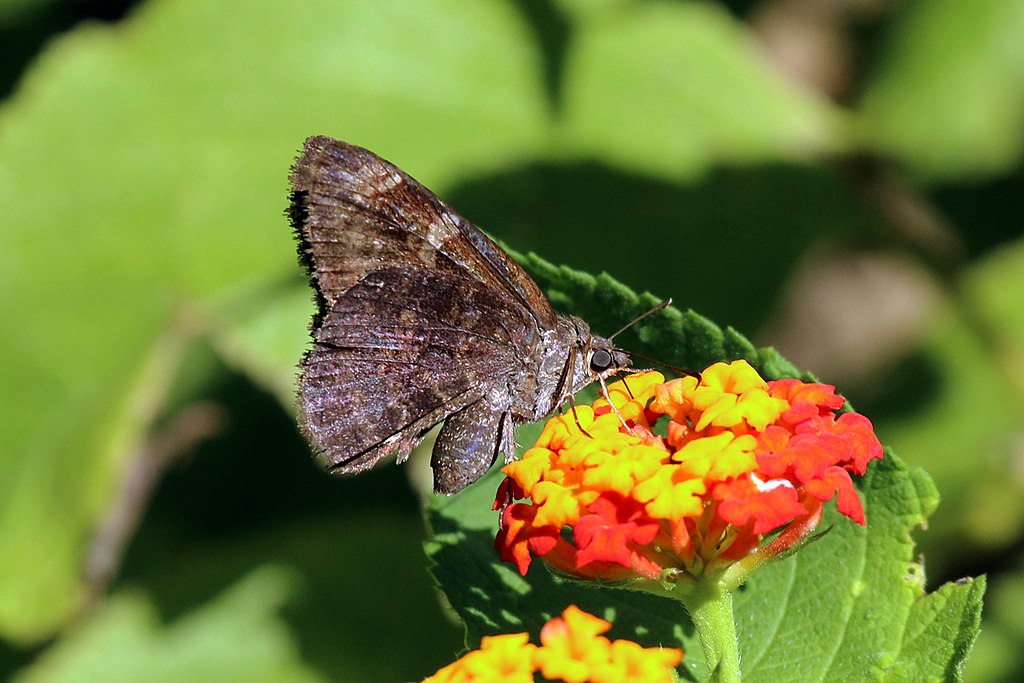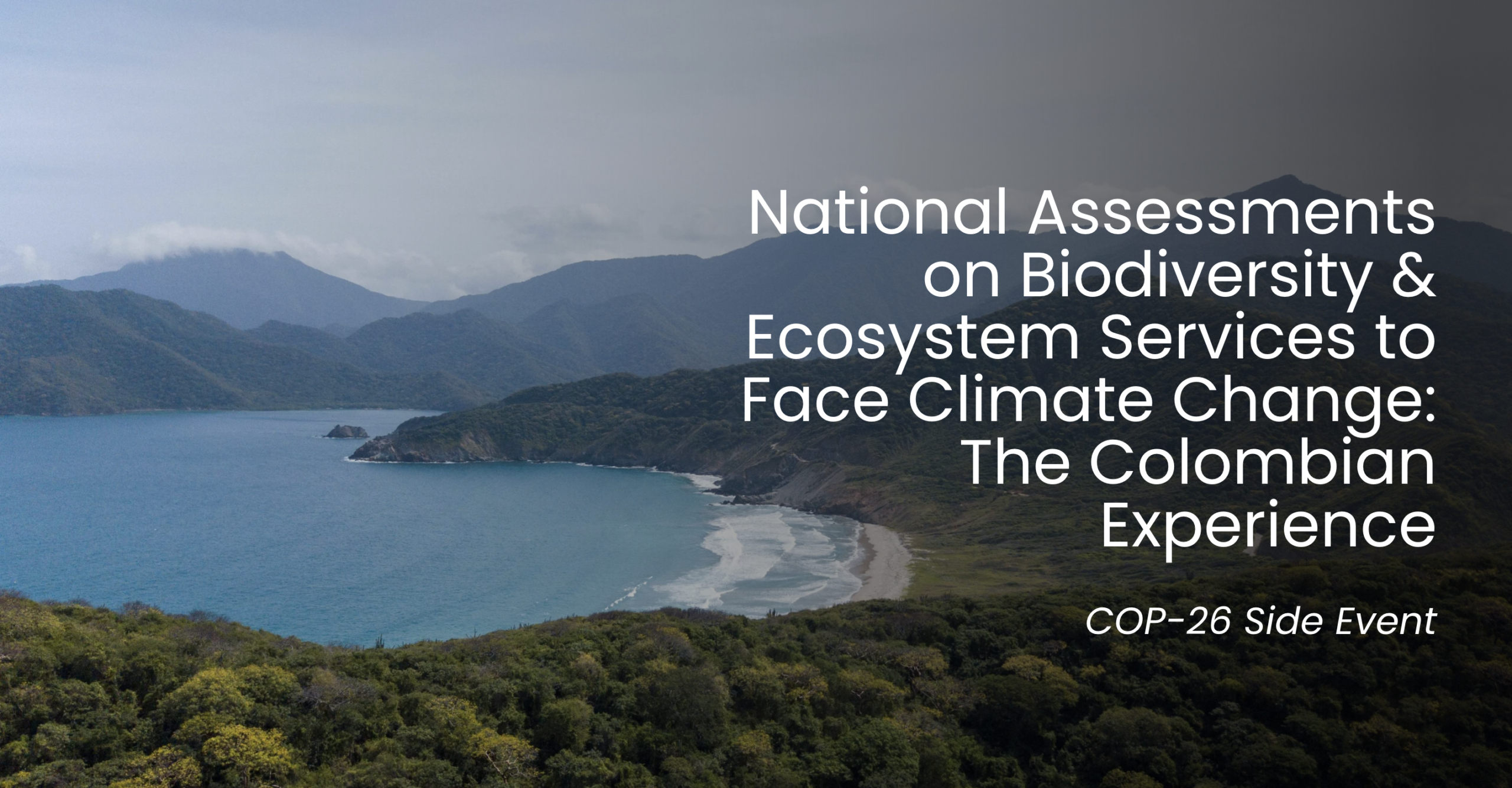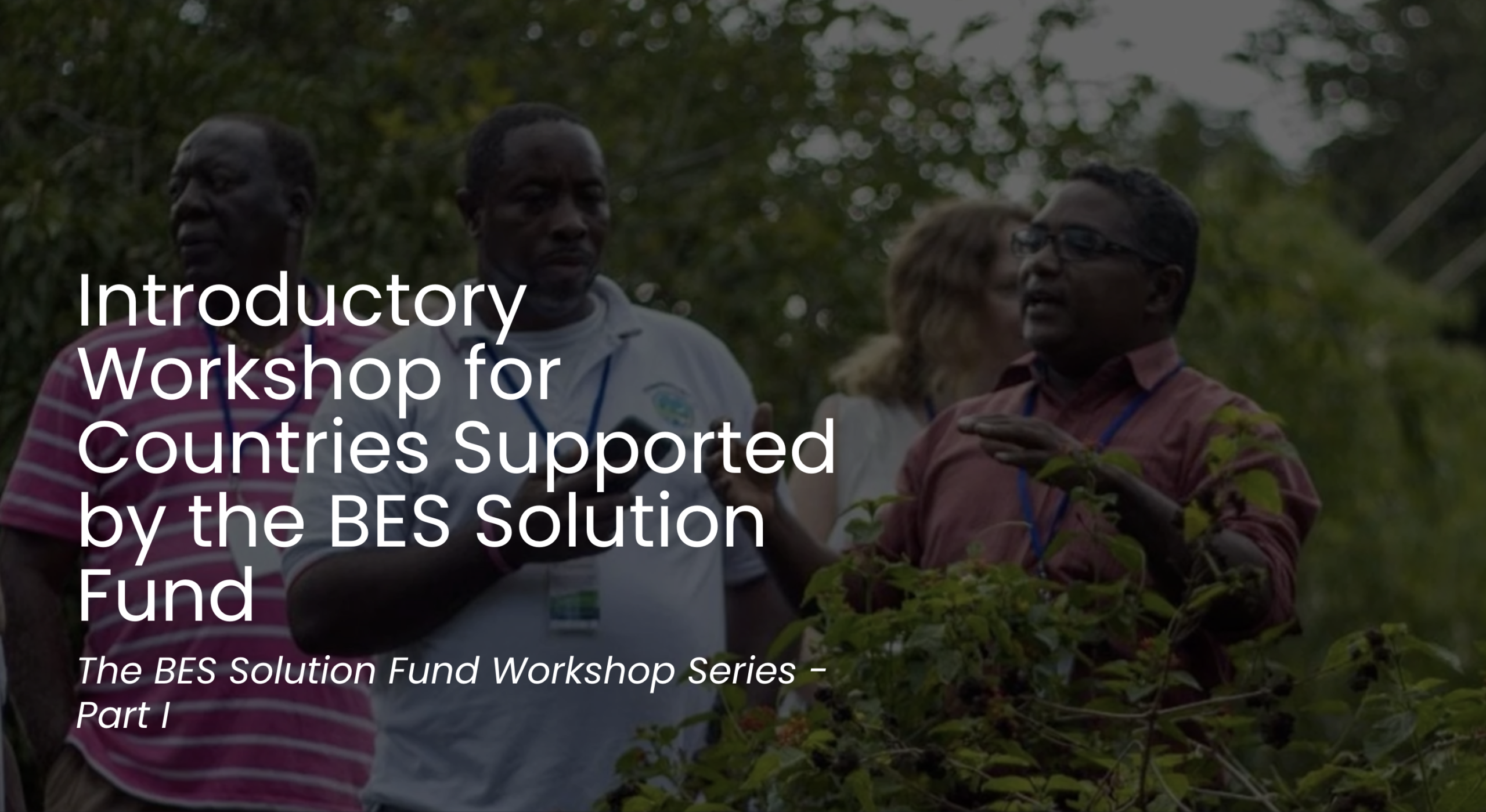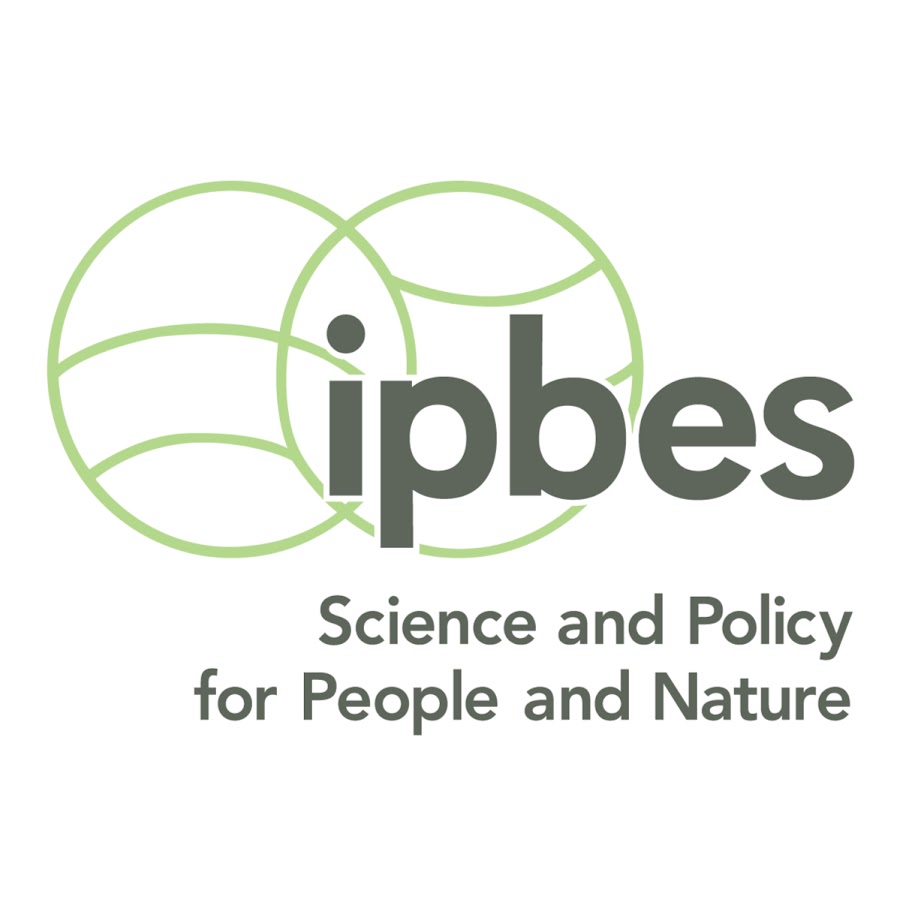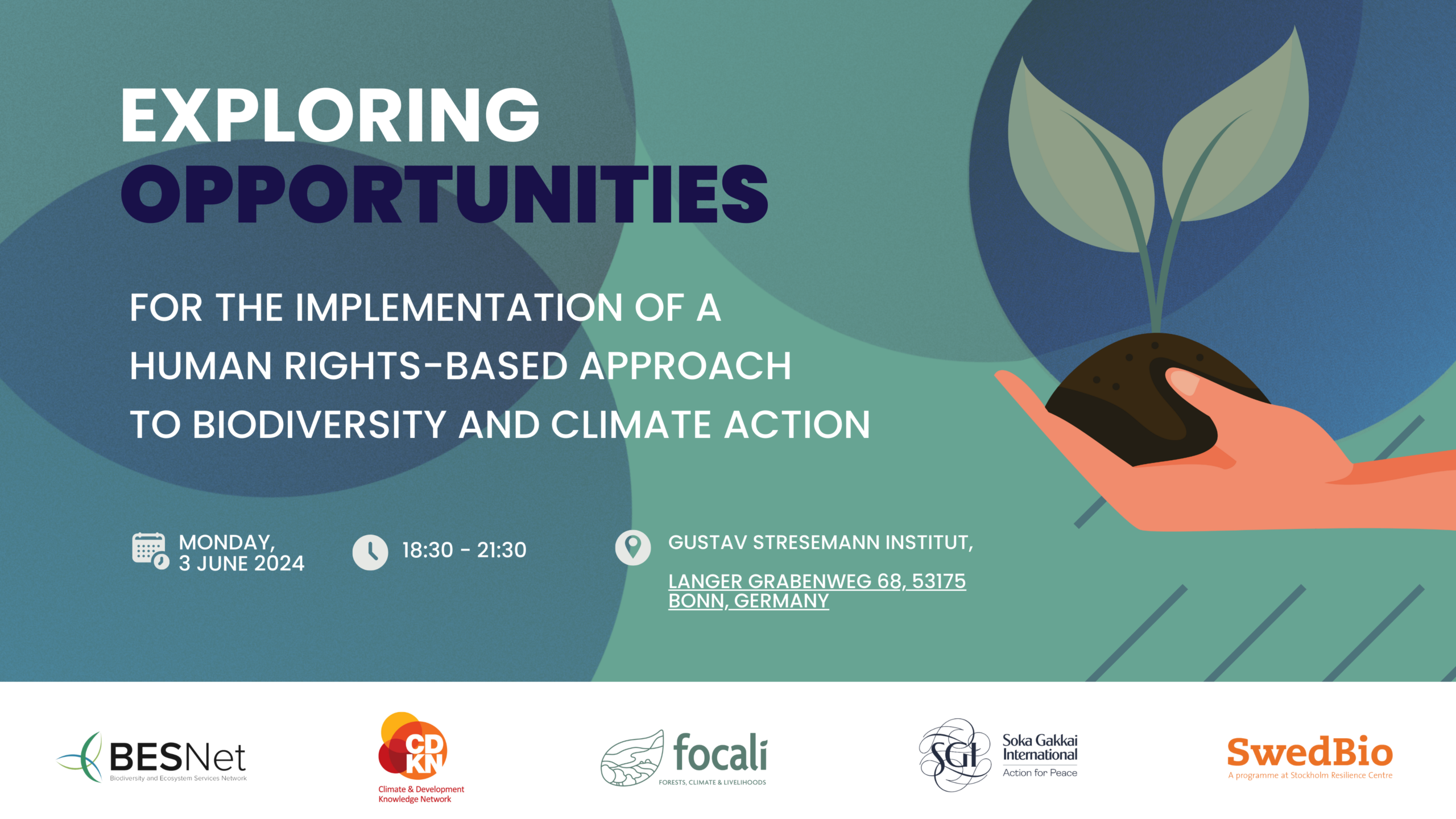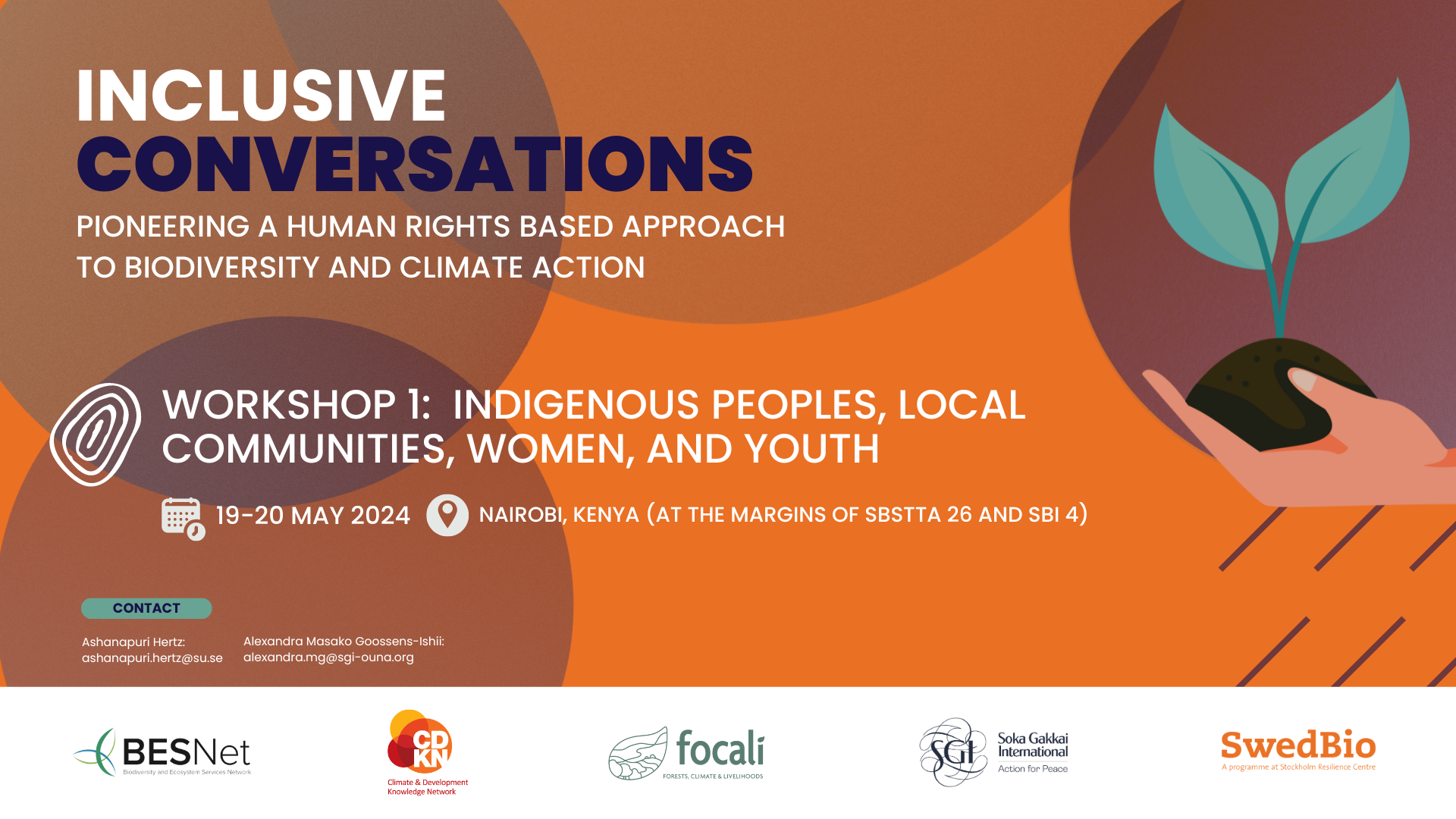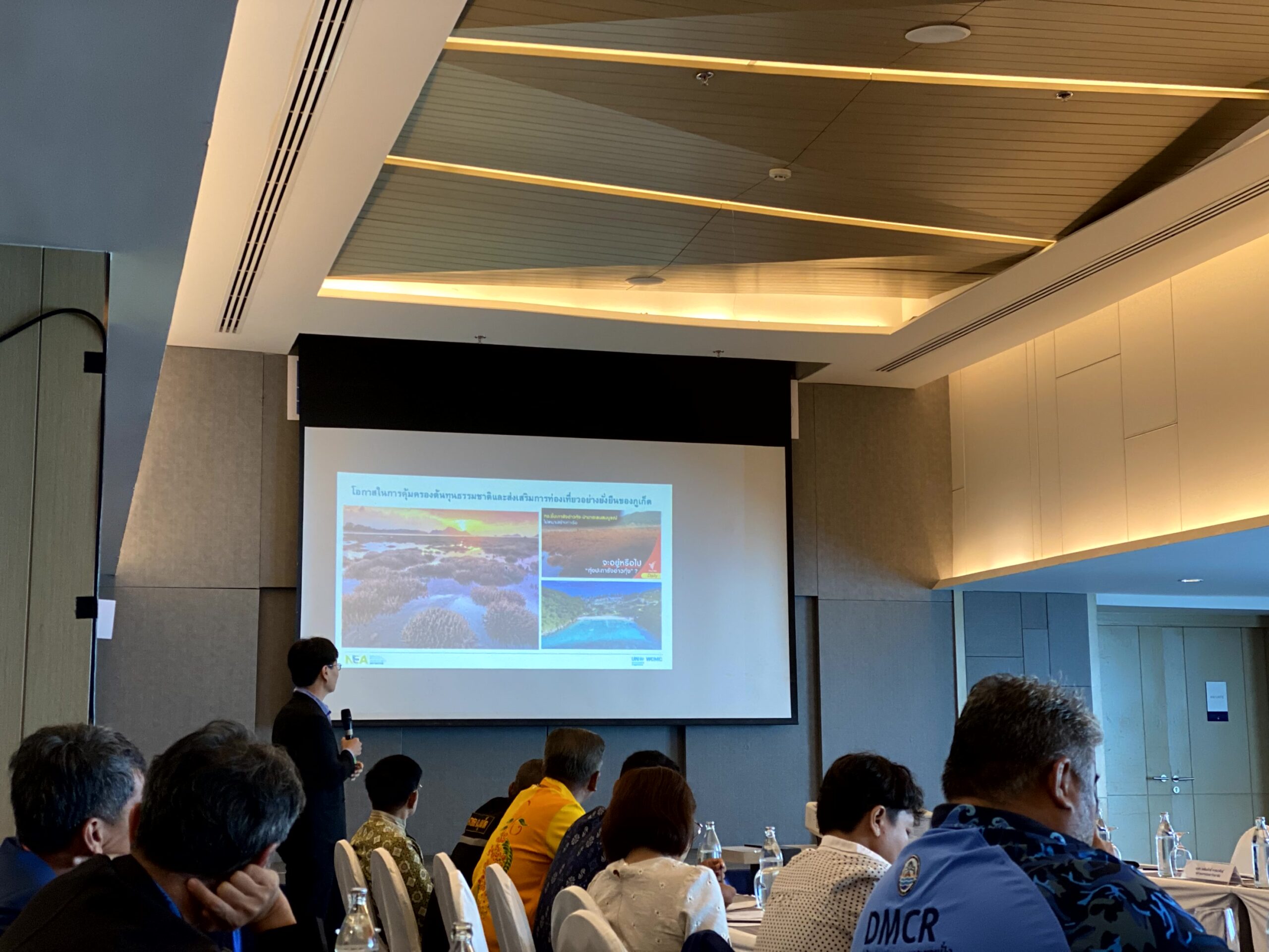As cities continue to expand their built environment, maintaining equity and inclusion becomes even more critical. Join us to learn about the challenges and opportunities of using nature as a tool to build more inclusive cities.
City life is becoming the default human experience, with more than 70% of the global population expected to live in urban areas by 2050. But cities, and their expected growth, are also exacerbating some of the world’s most serious environmental and socioeconomic challenges.
As cities continue to expand their built environment, maintaining long-term goals related to equity and inclusion becomes even more critical. Promoting urban nature through bottom-up initiatives and inclusive participation can help cities become more resilient, healthy and equitable. However, for urban nature to reach its full potential, we need to address the issue of unequal access to environmental benefits in cities and the potential risks of “green gentrification.”
What is at stake when access to green space is unequal in a city? How can nature be used to promote inclusiveness and equity in cities?
Join UrbanShift on December 7 to discuss these important questions.
You’ll learn from experts about the challenges and benefits of promoting nature and equity in cities, and you’ll also hear from local leaders in Mexico City about how their urban greening and biodiversity strategies have spurred social cohesion, improved food security, and empowered women.




